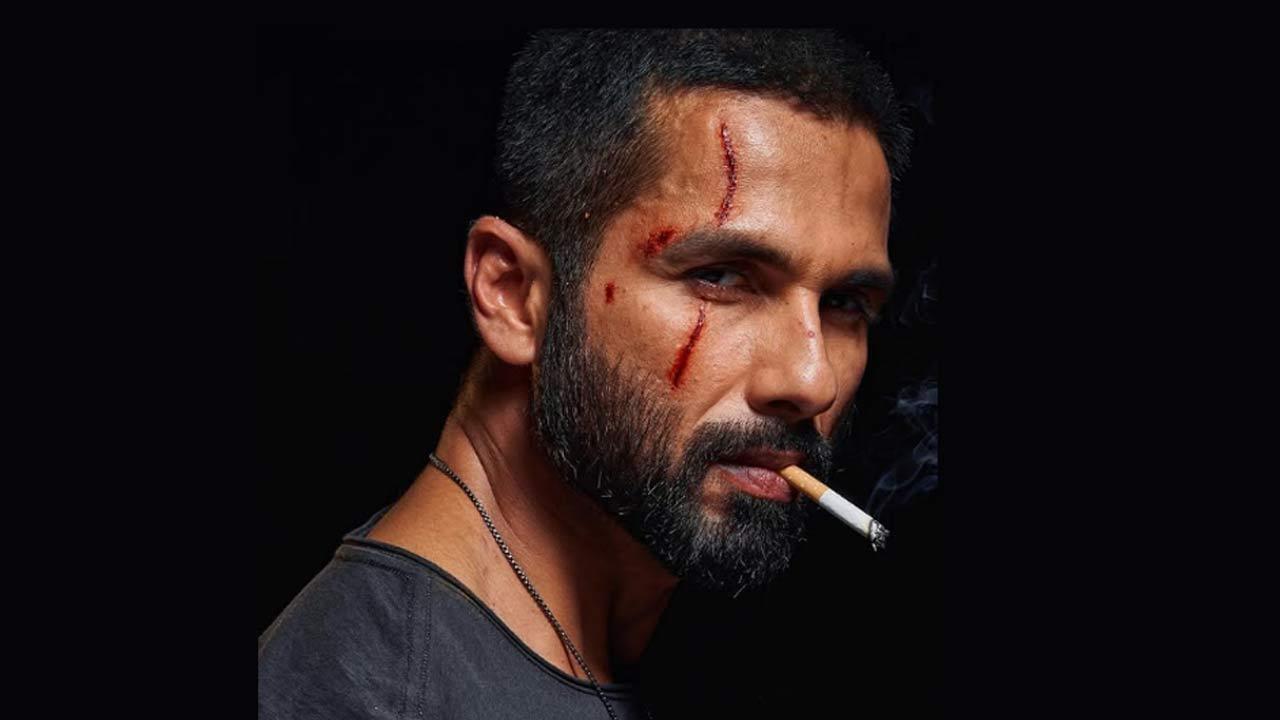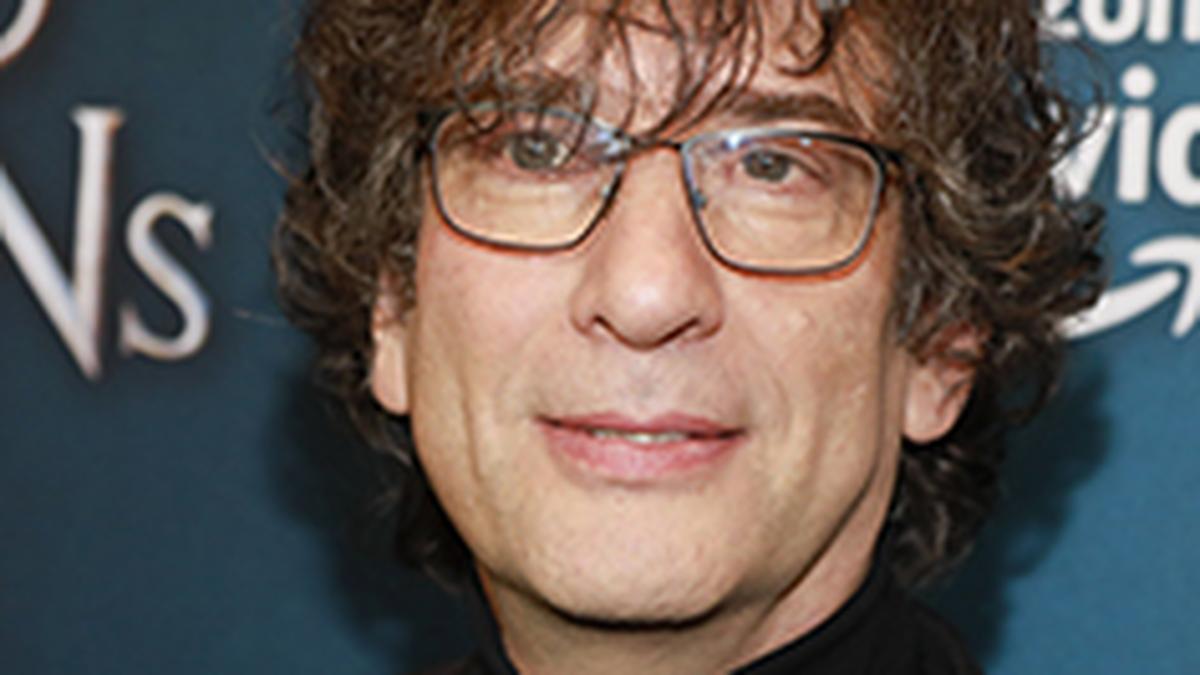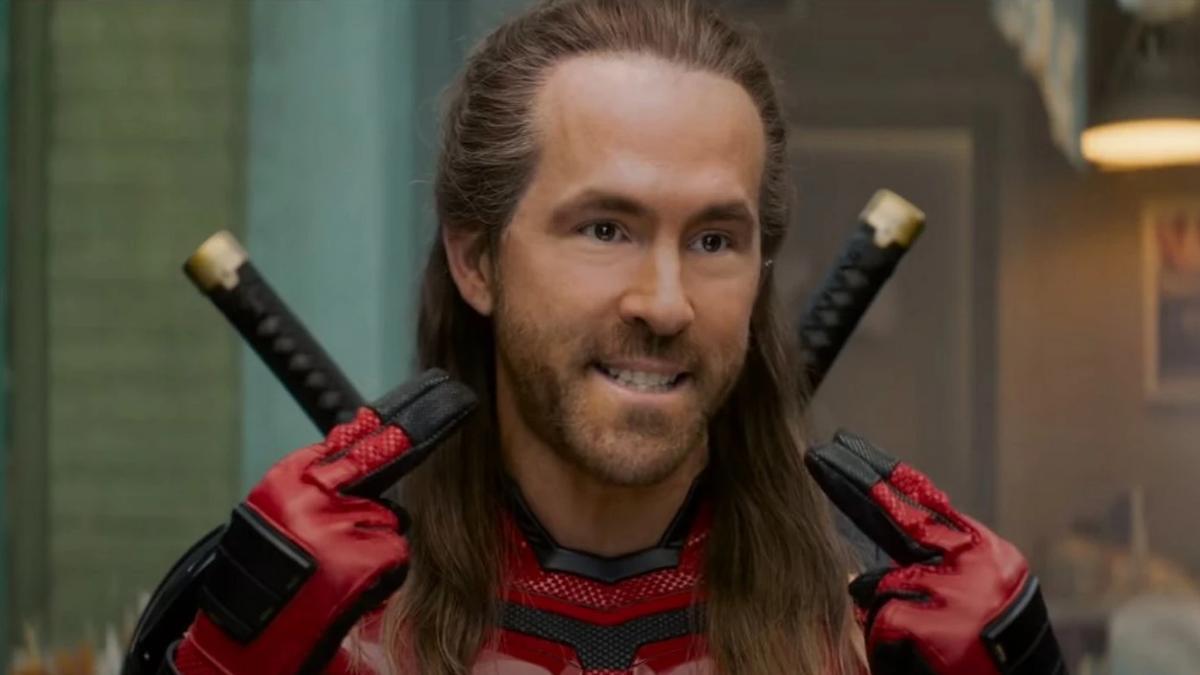
In an era where the pursuit of social media fame propels individuals towards bold and often controversial actions, people from various walks of life are increasingly leveraging platforms such as Instagram, TikTok, and YouTube to create attention-grabbing content. These efforts, however, do not always receive the desired applause and can sometimes result in significant backlash. A recent incident in Madhya Pradesh exemplifies this trend, as a woman decided to film a dance video at the prestigious Collectorate building in Gwalior, igniting widespread criticism.
The video, shared by Network10 (@network10news) on Instagram, features the woman adorning a black saree and energetically dancing to the popular Bollywood tune “Tip Tip Barsa Pani” from the 1994 film “Mohra,” originally starring Akshay Kumar and Raveena Tandon. The choice of the Collectorate premises as the backdrop for her performance, instead of more conventional scenic spots in Gwalior such as the historic Gwalior Fort, the picturesque Baijtaal, or the Italian Garden, was not well received by onlookers and netizens alike.
Social media users quickly voiced their discontentment, criticizing the woman for what they considered to be an inappropriate use of a governmental space. The chorus of disapproval resonated throughout various platforms, and formal complaints soon followed. One of the primary voices of dissent came from social worker Akash Barua, who took his grievances a step further. Barua lodged a written complaint with the Gwalior Sub-Divisional Magistrate (SDM), demanding stringent actions against the woman. In his complaint, Barua argued that such behavior not only sullied the dignity of the governmental premises but also projected a detrimental image of the city.
Barua articulated his concerns more elaborately to the Free Press Journal, highlighting the potential adverse influence on the youth and the city’s image. “A large number of people visit historical places every day. If such videos are shot at these public spots, they can bring a bad name to the city,” he remarked, emphasizing the need to maintain decorum in public and historical places.
This incident is not without precedent; it follows closely on the heels of another controversy wherein a woman’s dance video shot at Mumbai airport led to an online uproar. In that case, many condemned the act as a public nuisance, emphasizing the importance of maintaining order and respecting communal spaces.
.
As social media continues to play an increasingly dominant role in shaping public behavior, the debate surrounding appropriate conduct in public spaces intensifies. While platforms like Instagram and TikTok provide unprecedented opportunities for creative expression and instant fame, they also blur the lines between personal freedom and societal norms. The incident at the Gwalior Collectorate serves as a stark reminder of this ongoing tension.
Experts point out that while public spaces are meant for communal enjoyment and can be venues for creative endeavors, there is an inherent responsibility that comes with using these spaces. Public properties and historical sites carry cultural and societal significance, and actions perceived as disrespectful can lead to larger discourses about the balance between freedom of expression and respect for communal assets.
Dr. Shalini Gupta, a sociologist, weighed in on the matter, noting that social media has indeed transformed the way individuals interact with public spaces. “The allure of instant fame can sometimes cloud one’s judgment. It’s crucial for content creators to be mindful of the context and significance of the spaces they choose for their projects,” she stated.
Moreover, such incidents bring to light the potential risks associated with setting precedents. Should these acts go unaddressed, a ripple effect might ensue, encouraging others to follow suit, thereby normalizing behavior that can be seen as disrespectful or inappropriate. Authorities like those in Gwalior are consequently under pressure to act not just to address individual cases, but to set a standard that upholds the dignity of public spaces.
In conclusion, as the boundaries of creative expression continue to expand in the digital age, they must be balanced against the respect and preservation of public and historical spaces. The discourse sparked by the Gwalior incident highlights the need for a nuanced approach to managing social media content creation in public domains, ensuring that while creativity is encouraged, it does not come at the expense of societal norms and values.










